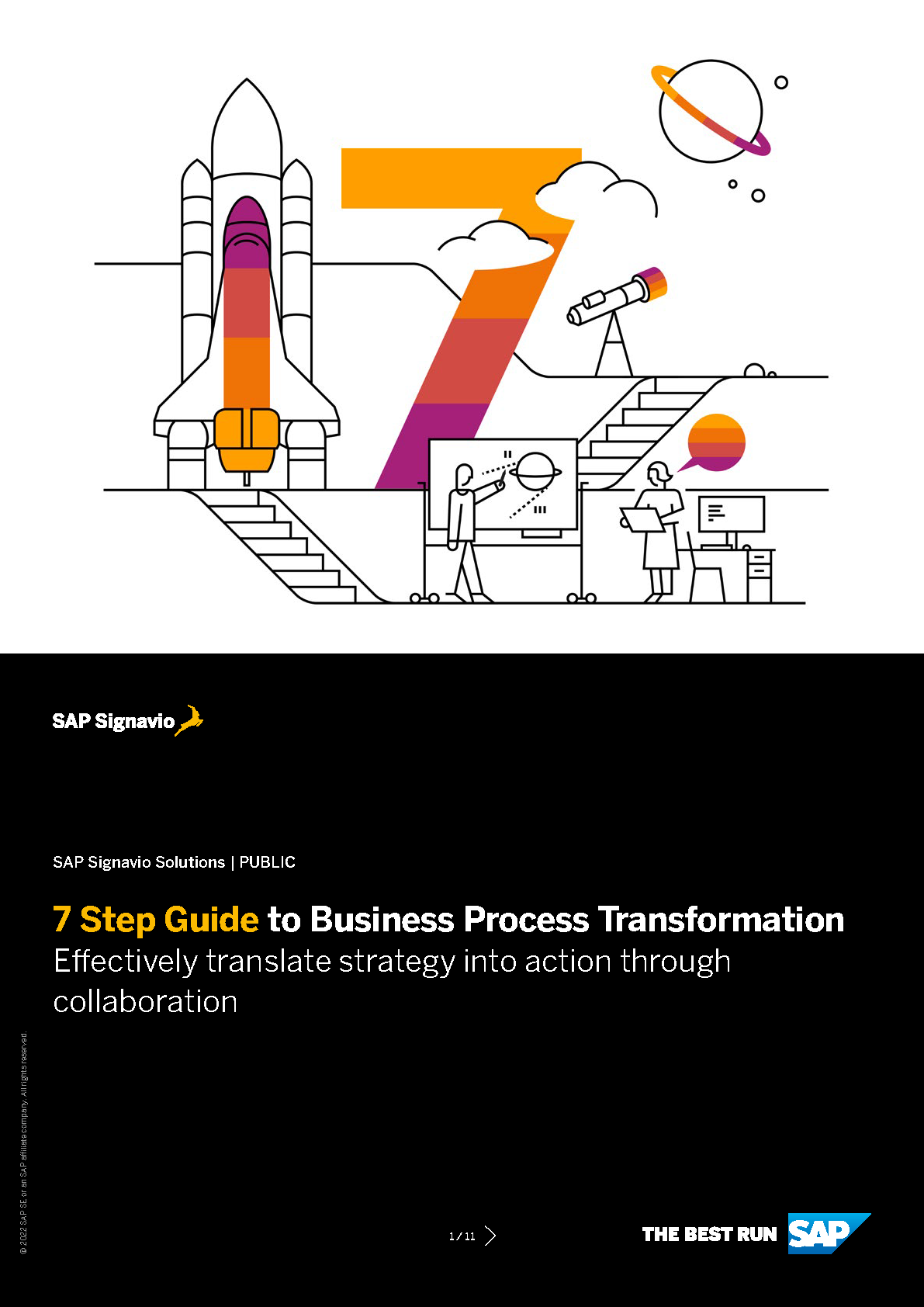Measurement challenges and how to resolve them
To show BPM’s value, measurement is essential. But many teams face issues when setting up performance tracking. Besides other BPM implementation challenges, here are a few measurement challenges and how to solve them:
1. Unclear or inconsistent KPIs
When KPIs are vague or if they vary across teams, it becomes difficult to measure performance accurately or align efforts with strategic goals.
- Tip: Define clear measurement frameworks with stakeholder input to ensure alignment and relevance.
2. Poor data quality
Inaccurate, incomplete, or outdated data can undermine trust in metrics and lead to flawed decision-making.
- Tip: Conduct regular data audits and establish data ownership to maintain accurate, reliable data inputs.
3. Lack of baseline data
Without a starting point for comparison, it is challenging to assess progress or evaluate the impact of process changes.
- Tip: Use BPM software to centralize process data and establish initial benchmarks for comparison.
4. Difficulty presenting data to leadership
Raw data or overly complex reports can hinder stakeholder understanding and delay strategic action.
- Tip: Employ dashboards with clear graphs for visual reporting to simplify communication and support decision-making.
5. Siloed systems and fragmented data
When data is scattered across disconnected systems, visibility is limited and comprehensive analysis is hindered.
- Tip: Leverage BPM platforms and process mining tools to unify views and reveal real process performance across systems.
Steps to set up BPM measurement
When implementing business process management, it is important to take measurements into account.
Below are steps to help set up BPM tracking alongside the broader implementation steps described in our seven-step guide to business process transformation.
- Identify strategic business goals and make sure the future vision aligns with them.
- Define clear, relevant KPIs for as-is and target processes during process mapping.
- Analyze current performance with data and metrics, and set future targets.
- Establish standardized data collection methods and ownership.
- Integrate BPM platforms with data sources for real-time tracking.
- Set up dashboards for continuous monitoring and reporting, and provide training as necessary.
- Periodically review KPIs and make adjustments based on insights.
Suggested BPM KPIs and metrics to track
Below is a table of key business process metric examples, organized by functional area. These metrics can be used for each area impacted by BPM to reflect its value based on performance monitoring and continuous improvement initiatives.
| Process Area |
Metrics |
| Sales processes |
Lead conversion rate, Average sales cycle time, Customer satisfaction (CSAT) scores, Revenue per sales rep |
| Inventory management |
Inventory turnover ratio, Stockout frequency, Order accuracy rate, Inventory carrying cost |
| Accounting and finance |
Invoice processing time, Cost per invoice, Error rate in financial reports, Reconciliation cycle time |
| Marketing and lead generation |
Campaign ROI, Lead-to-MQL conversion rate, Email CTR, Cost per lead |
| Vendor and supply chain management |
Supplier lead time, Vendor compliance rate, Procurement cost savings, Supplier defect rate |
| Order fulfillment |
Order cycle time, Delivery accuracy rate, Return rate, Fulfillment cost per order |
| Document management |
Document retrieval time, Version control compliance, Approval cycle time, Number of document-related incidents |
| Project management |
Project delivery timelines, Milestone achievement rate, Task completion rate, Resource utilization efficiency |
Conclusion
The value of BPM lies in how it helps every part of the business work better—from aligning strategy and operations to improving everyday tasks. It brings structure, clarity, and momentum to transformation efforts.
When supported with the right tools and tracked through clear KPIs, BPM enables better decisions, smoother operations, and continuous improvement across the organization.






